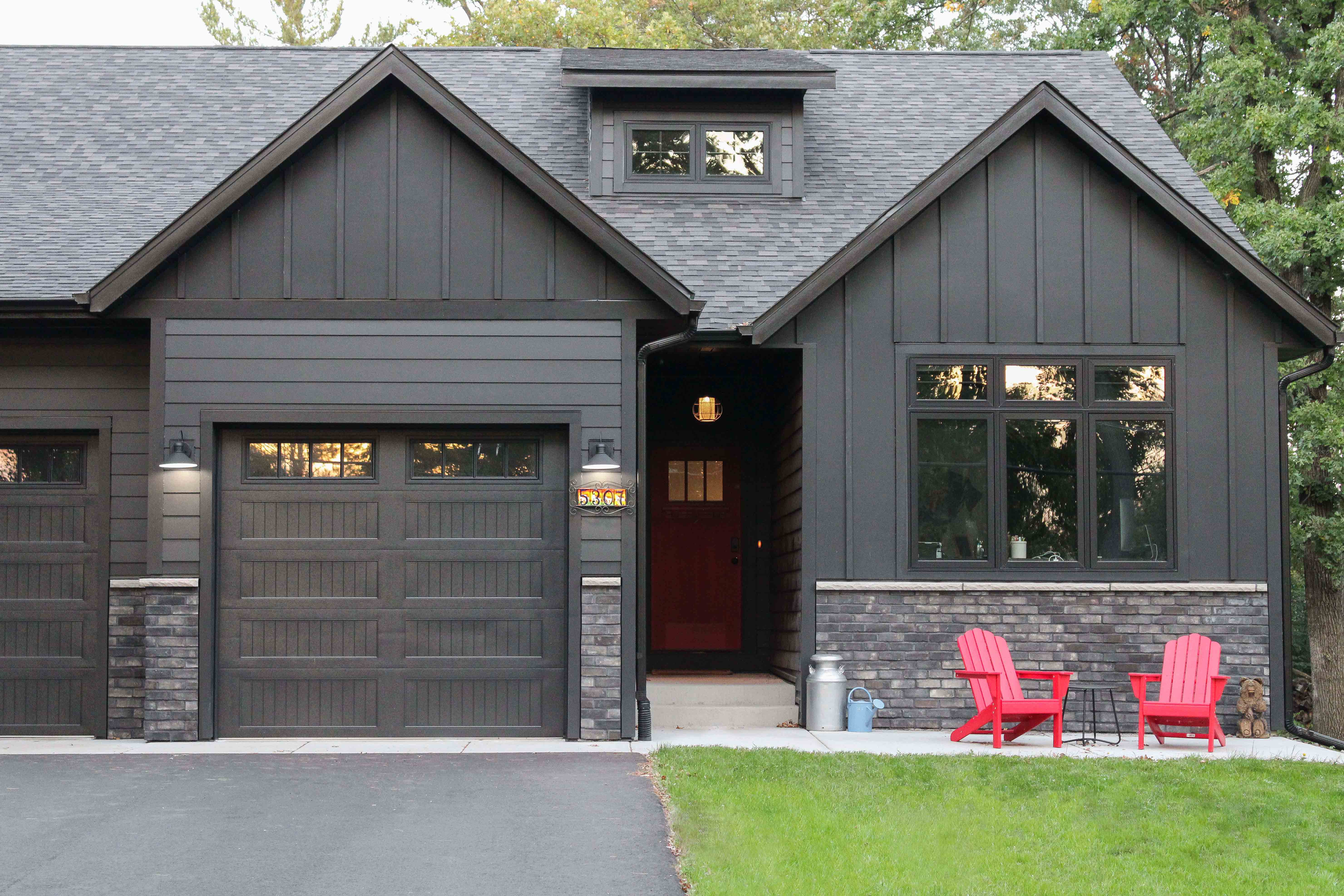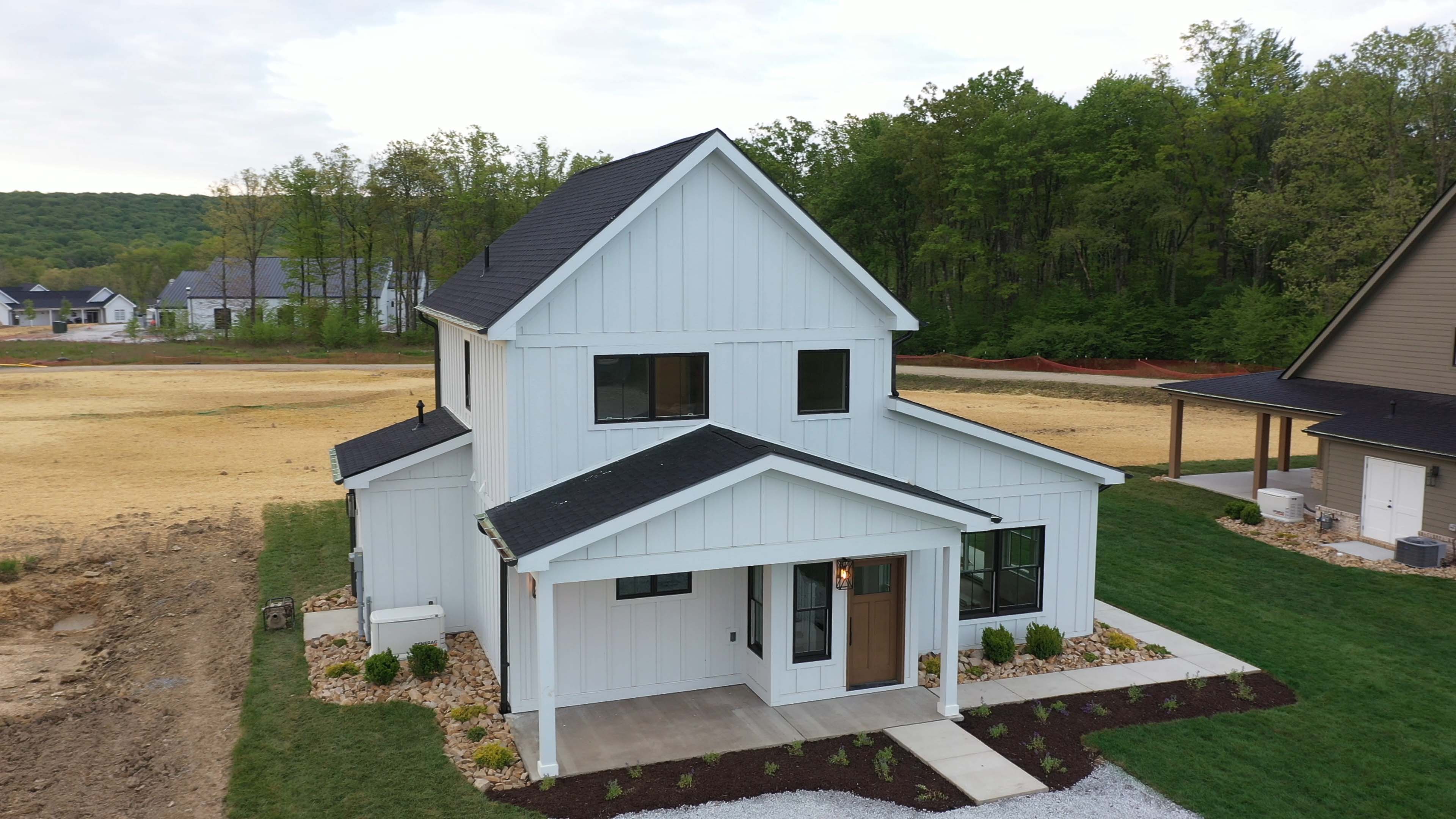
The following excerpted from A Compilation of Micrographs on Wood and Wood Products by Norman P. Kutscha published by the Forest Products Society. Mr. Kutscha was Scientific Advisor Emeritus of Microstructure and Wood Science for Weyerhaeuser until his retirement. He won the Fred W. Gottschalk Memorial Award from the Forest Products Society in 1999. You can purchase the book, which comes with a CD of all 60 micrographs from the Forest Products Society Online Bookstore.
“Preparing a sample of wood for microscopic examination is as much an art as it is a science. Anyone who has examined a thin section of wood under a microscope realizes that the cellular structure observed can readily be referred to as ‘cellular architecture.’ The purpose of this compilation is to illustrate some of the better or more interesting micrographs of wood and wood products; secondly, to illustrate a few examples of how the microscopic examination of wood and wood products can help diagnose and solve problems related to the development or manufacture of wood products.”
Mr. Kutscha used microscopes with magnification from 25x to 1,500x to achieve these beautiful photographs. We hope you enjoy this interesting look below the surface.
The featured image at the top of this post is a cross section of radiata pine earlywood treated with phenol-formaldehyde resin and possibly wax. Treatement visible in the form of material which completely fills the cell lumen of nearly all cells. Most empty lumens are the result of treatment having fallen out during handling.

Above: Hand radial section of blackened wood (Douglas-fir) near a cross-grain crack on the surface of a beam with localized failure. Cells have prominent helical (diagonal) checks, indicating wood is highly degraded, in this case, due to chemical degradation. Wood was also determined to be compression wood, which is weaker than normal and has higher than normal longitudinal shrinkage. Yellow patches may be due to thin areas in section.

Above: cross section of ebony wood, which was commercially used to make black piano keys. Natural wood extractives (brown) present in the large-diameter vessels, the small diameter thick-walled fibers and the parenchyma cells. These extractives make the wood resistant to decay and insect attack. Extractives also present in the cell walls, which reduces their ability to pick up moisture and hence makes the wood more dimensionally stable with changes in moisture content.

Above: air-dried emulsion wax used as a component in the preparation of hardboard siding composed of wood fiber and recycled paper fiber. Wax appears multi-colored due to its birefringent nature.

Above: scraping taken from the radial surface of gray-stained eucalyptus. Dark-stained globules (starch) present in the ray parenchyma cells which account, at least in part, for the gray coloration of the wood.

Above: smooth cross-sectional surface of block of longleaf pine. Two resin canals (stained red) surrounded by thick-walled latewood tracheids. (Tracheids are elongated cells that serve in the transport of water and mineral salts.)

Above: cross section of top surface of particleboard treated with isocyanate resin.

Above: cross section of a spruce plywood glueline. Glueline (center, deep red) relatively thin. Very little cellular distortion in thin-walled early cells (right side) adjacent to glueline. Adhesive has penetrated into earlywood cells (both sides of glueline) that were cut/ruptured during the veneer cutting process.

Above: cross section of wood from a submerged warship found off the coast of New Jersey, possibly from the War of 1812. Small diameter latewood vessels indicate this wood as white oak.
If you liked these micrographs, check out all 60 in the book from the Forest Products Society Online Bookstore.


